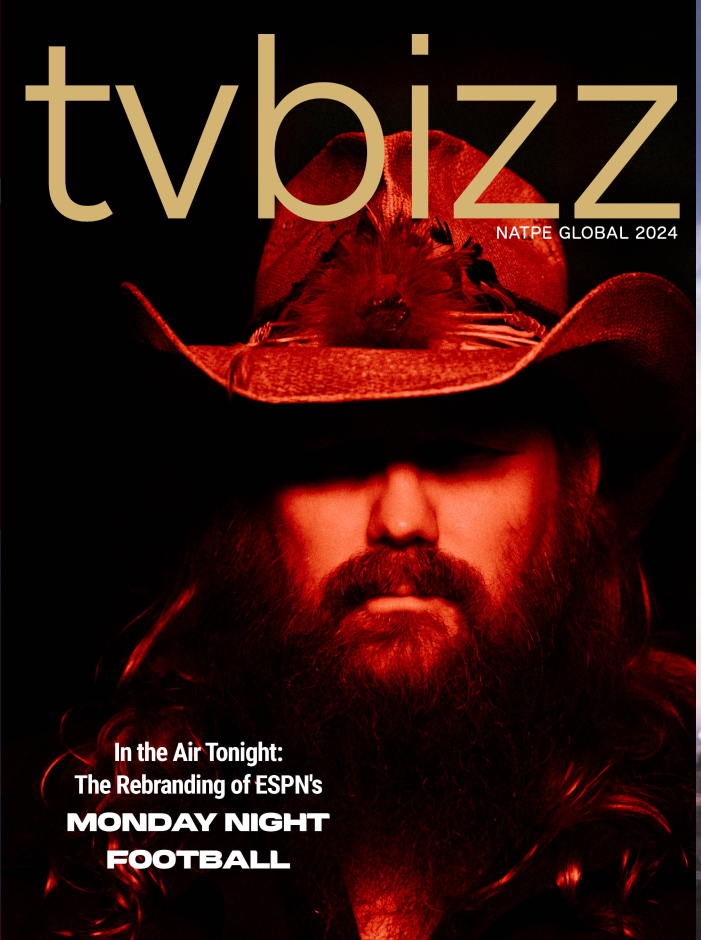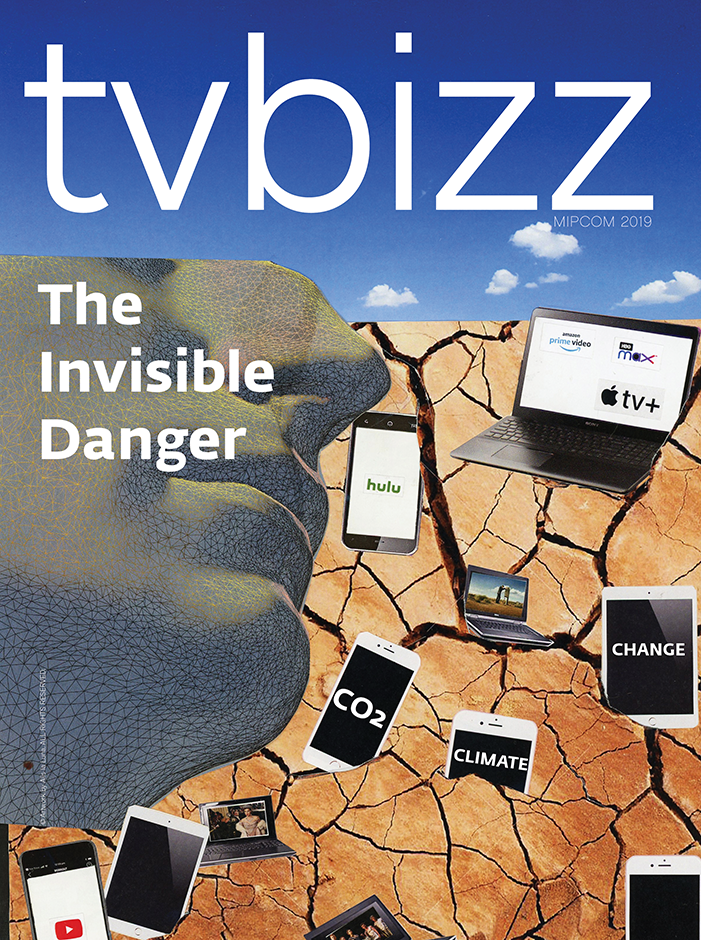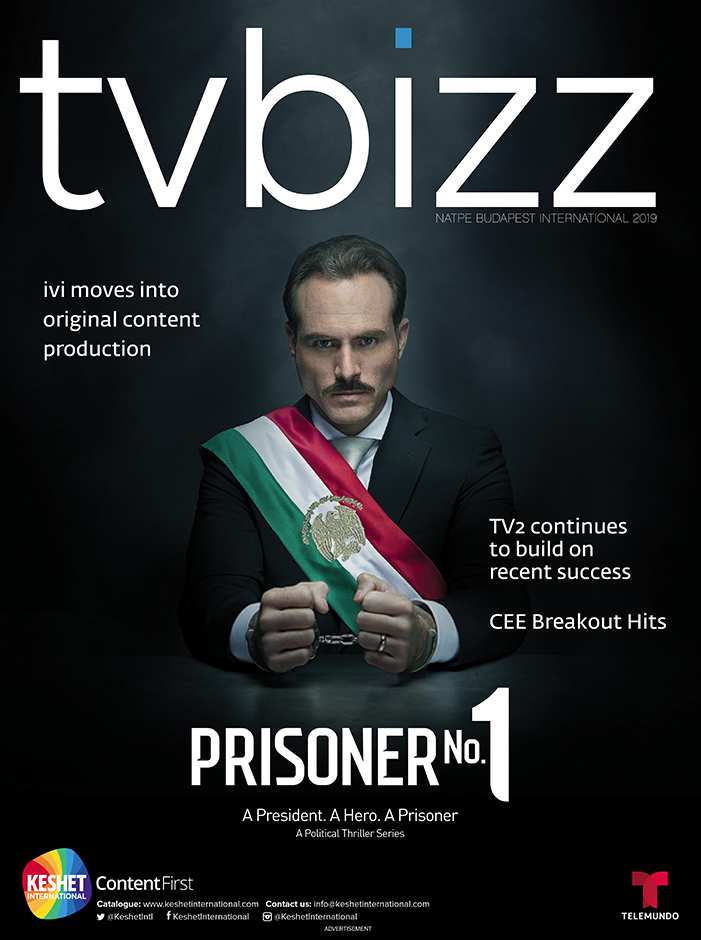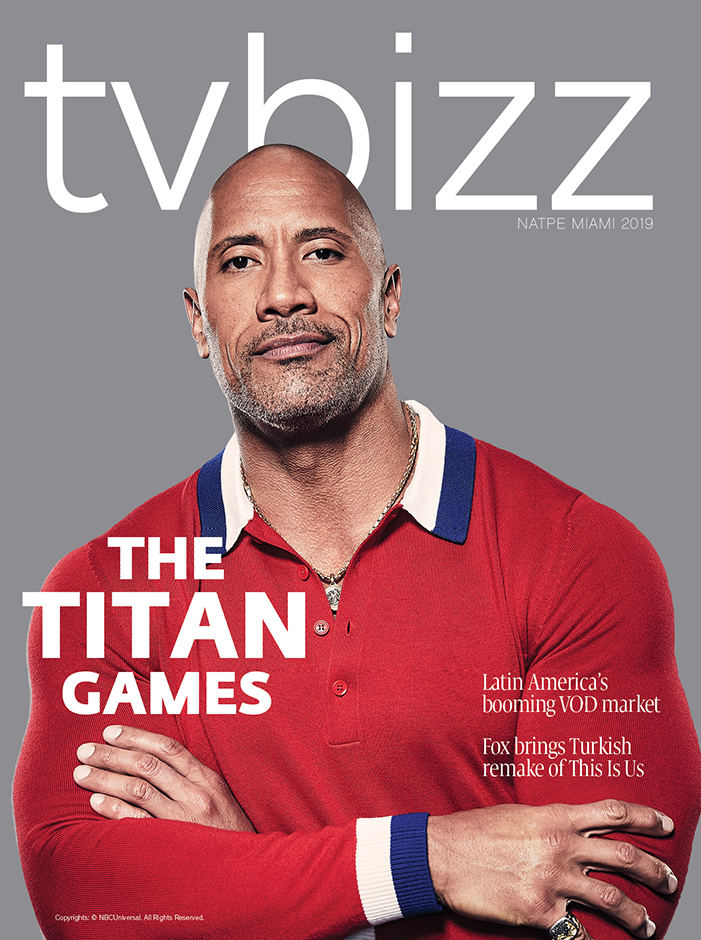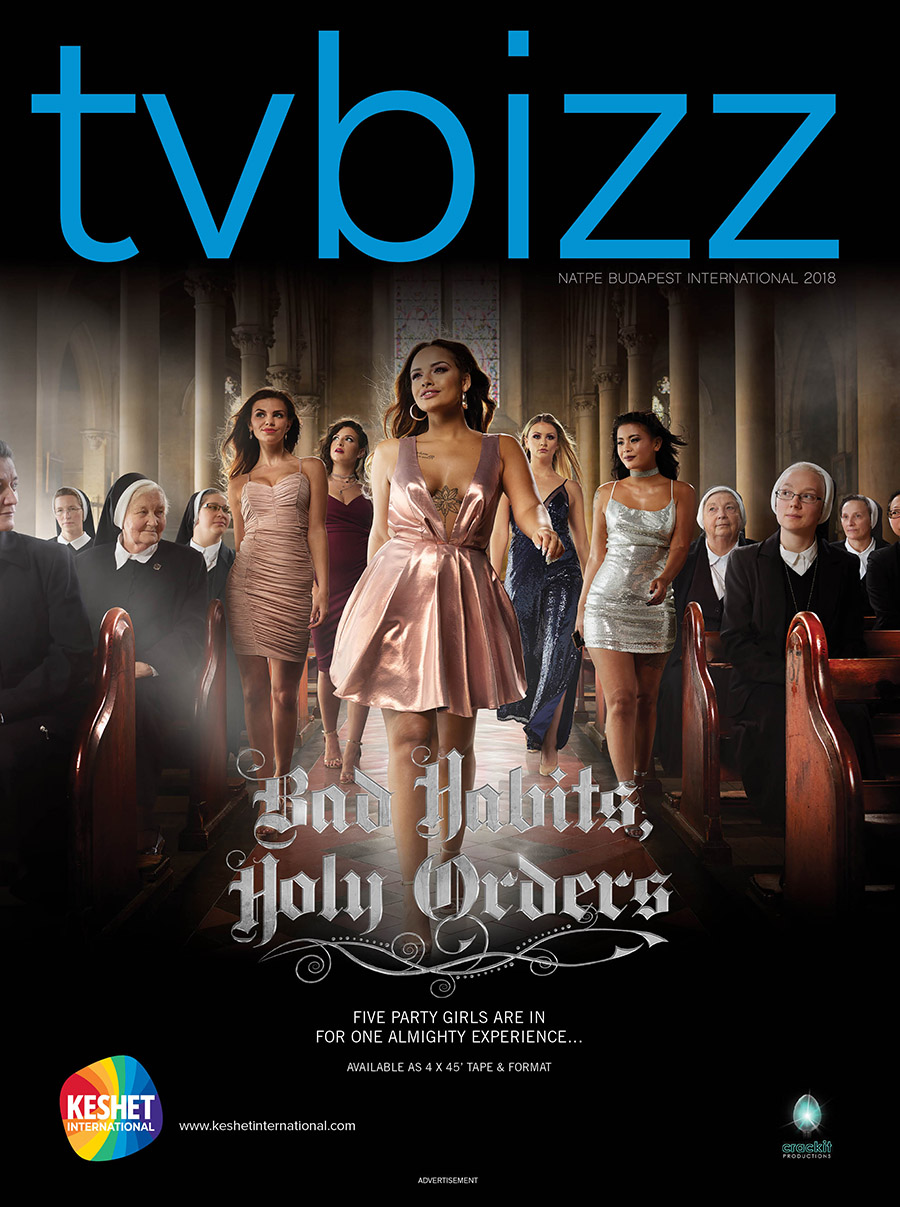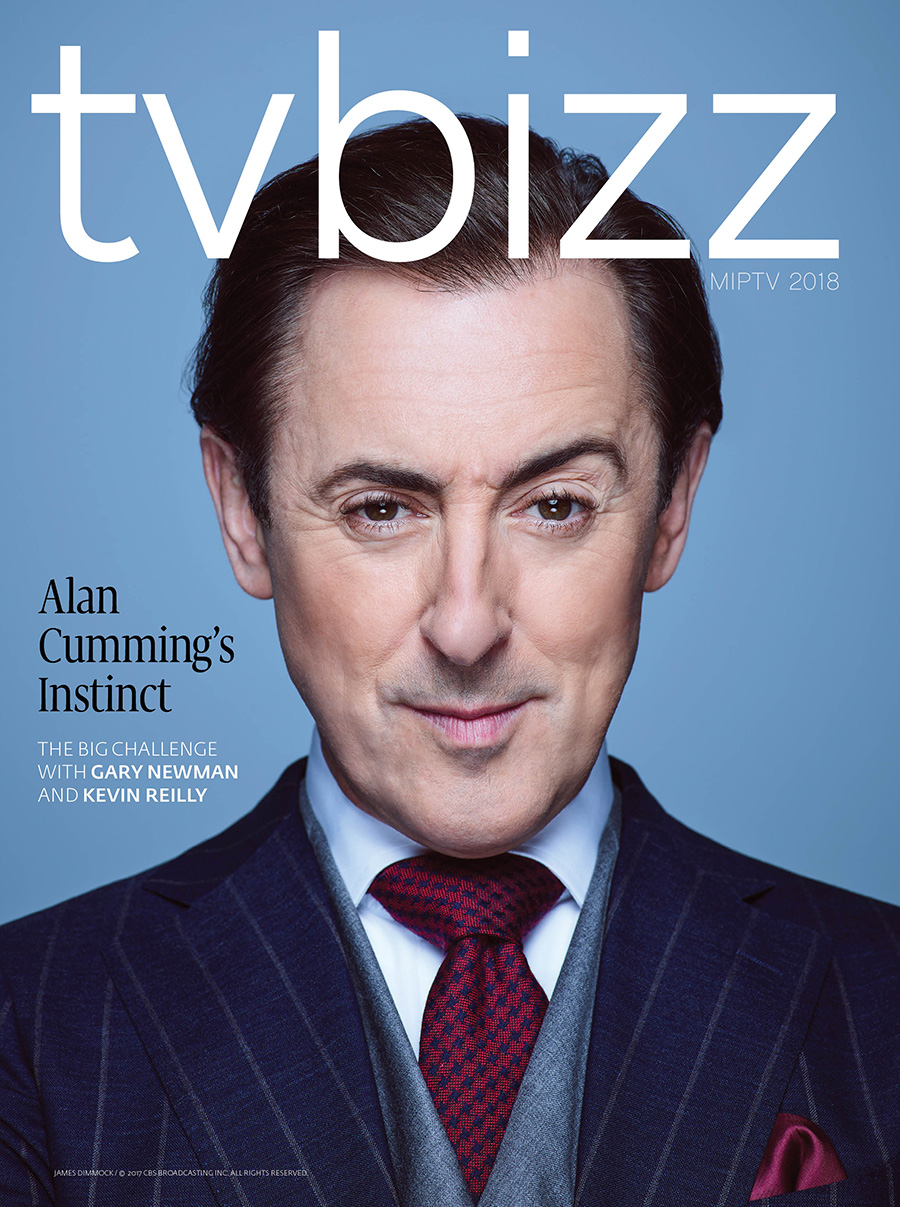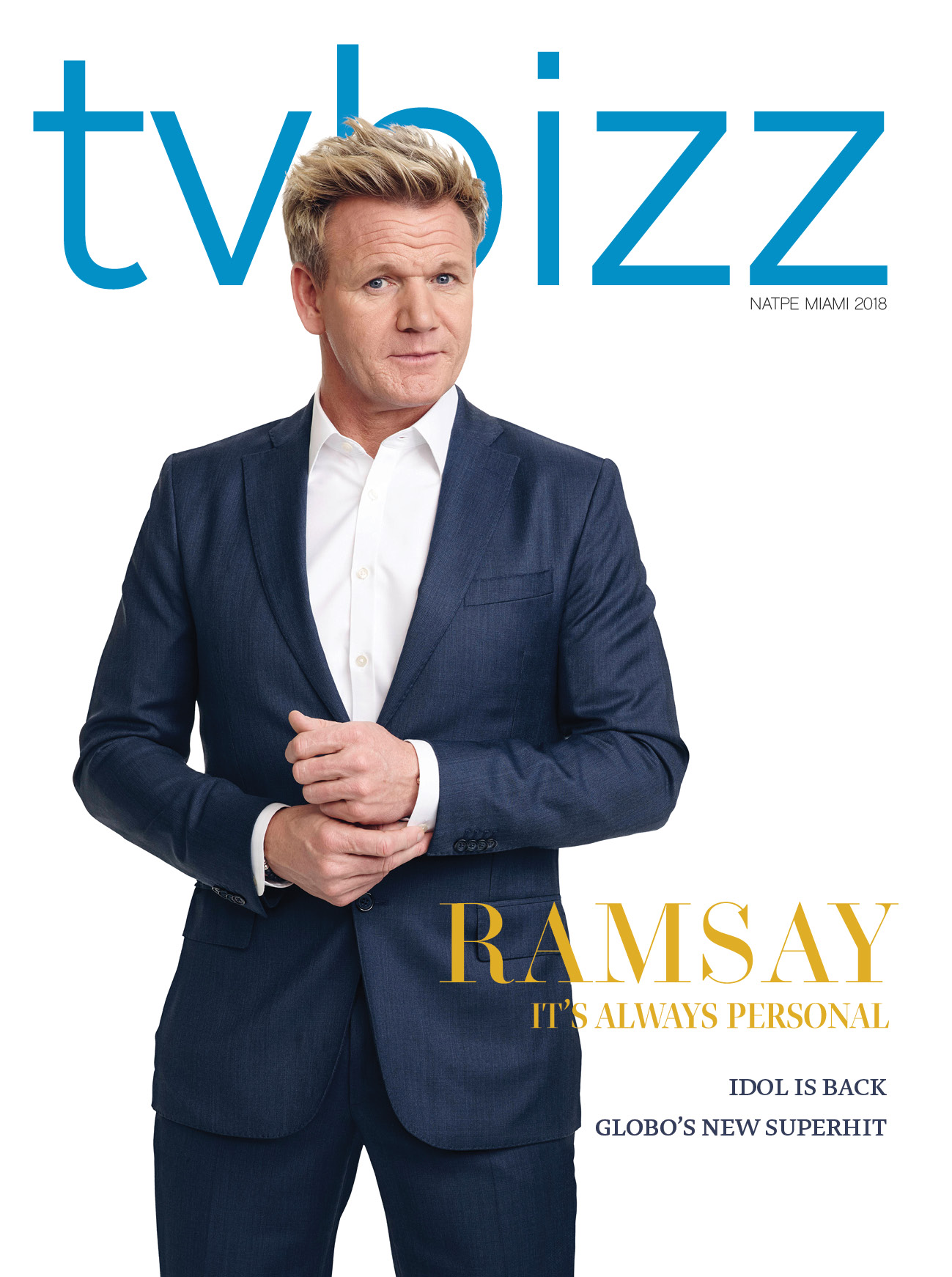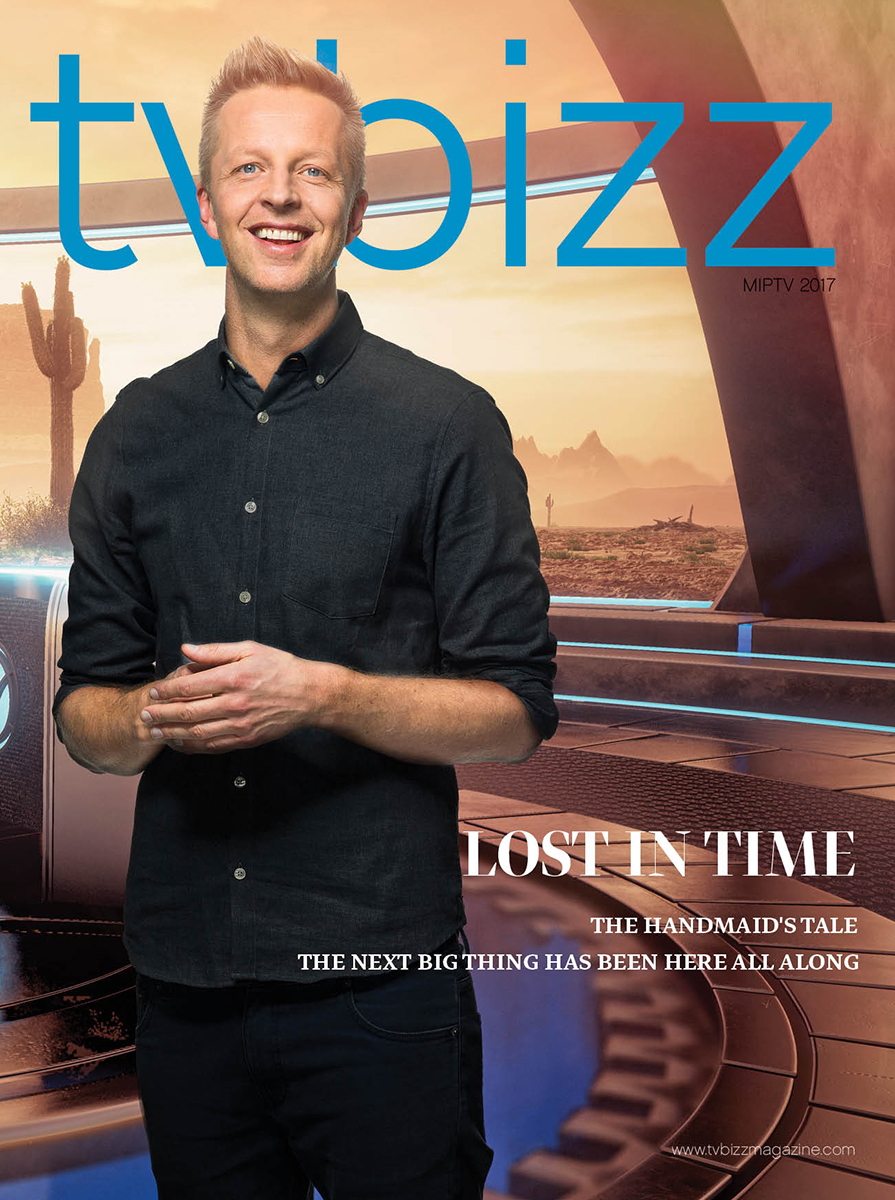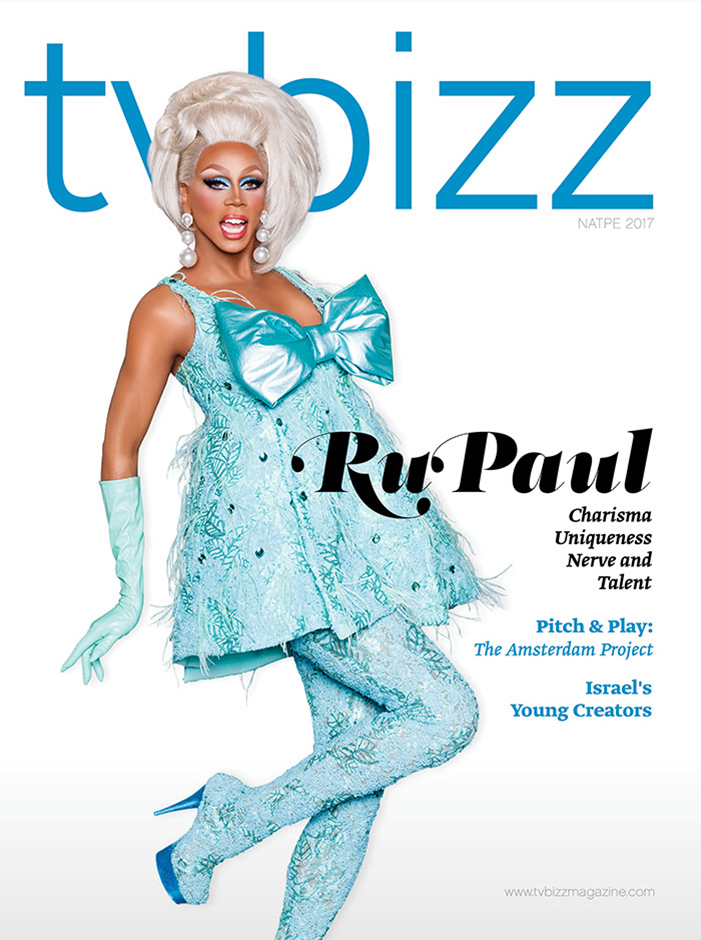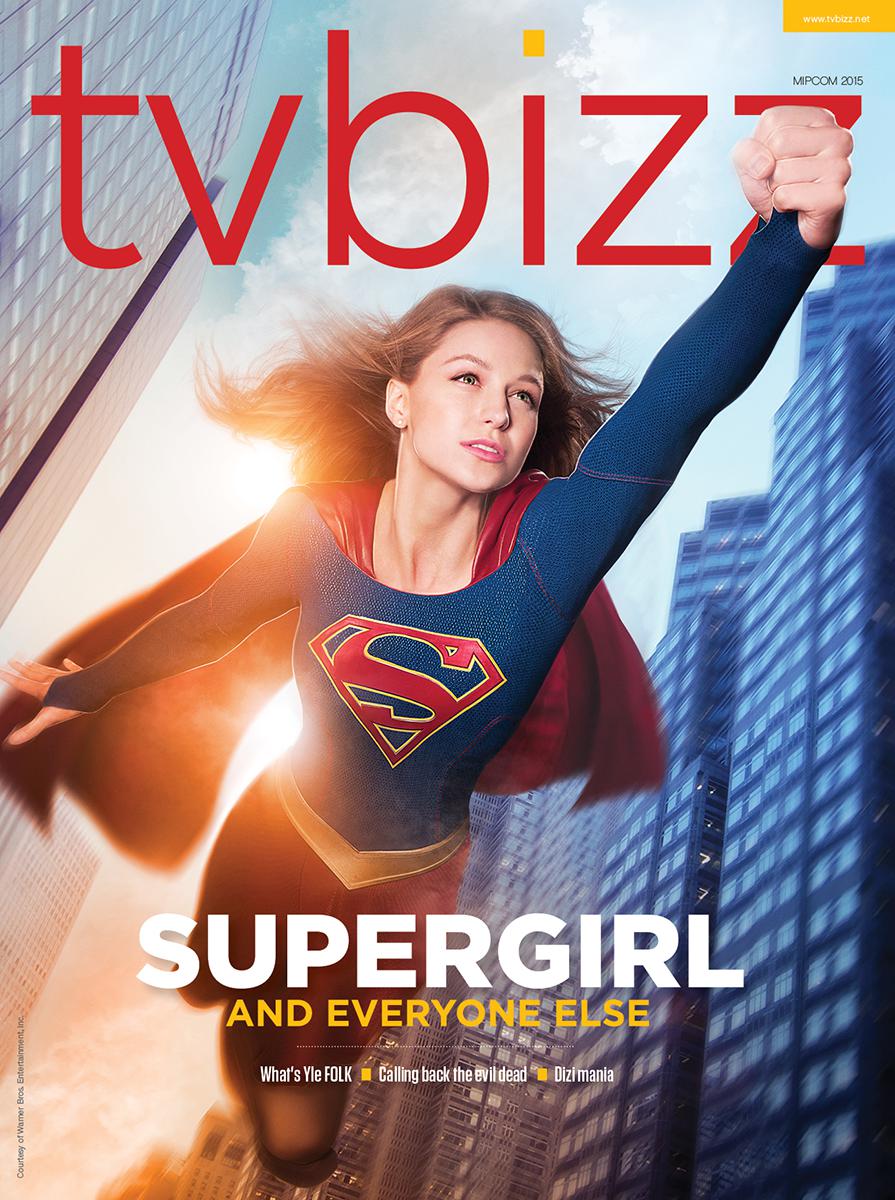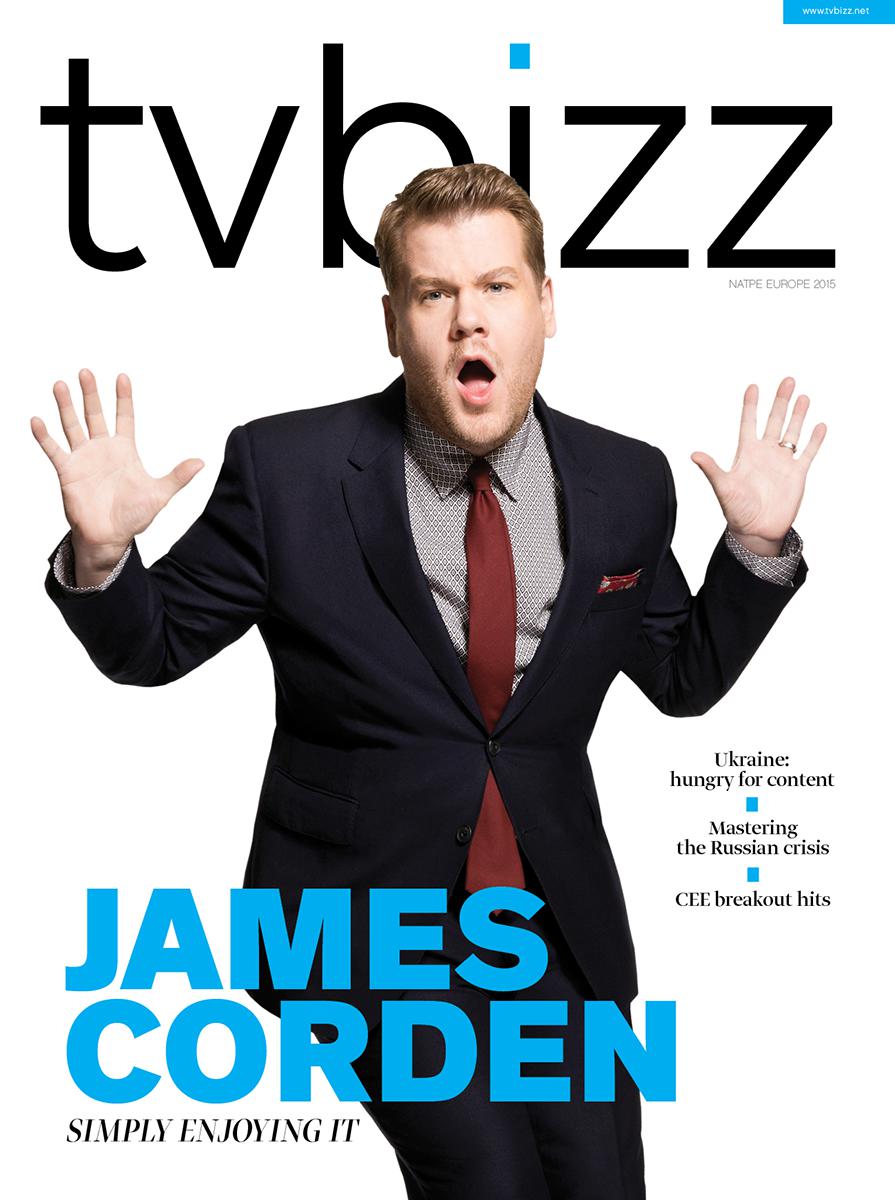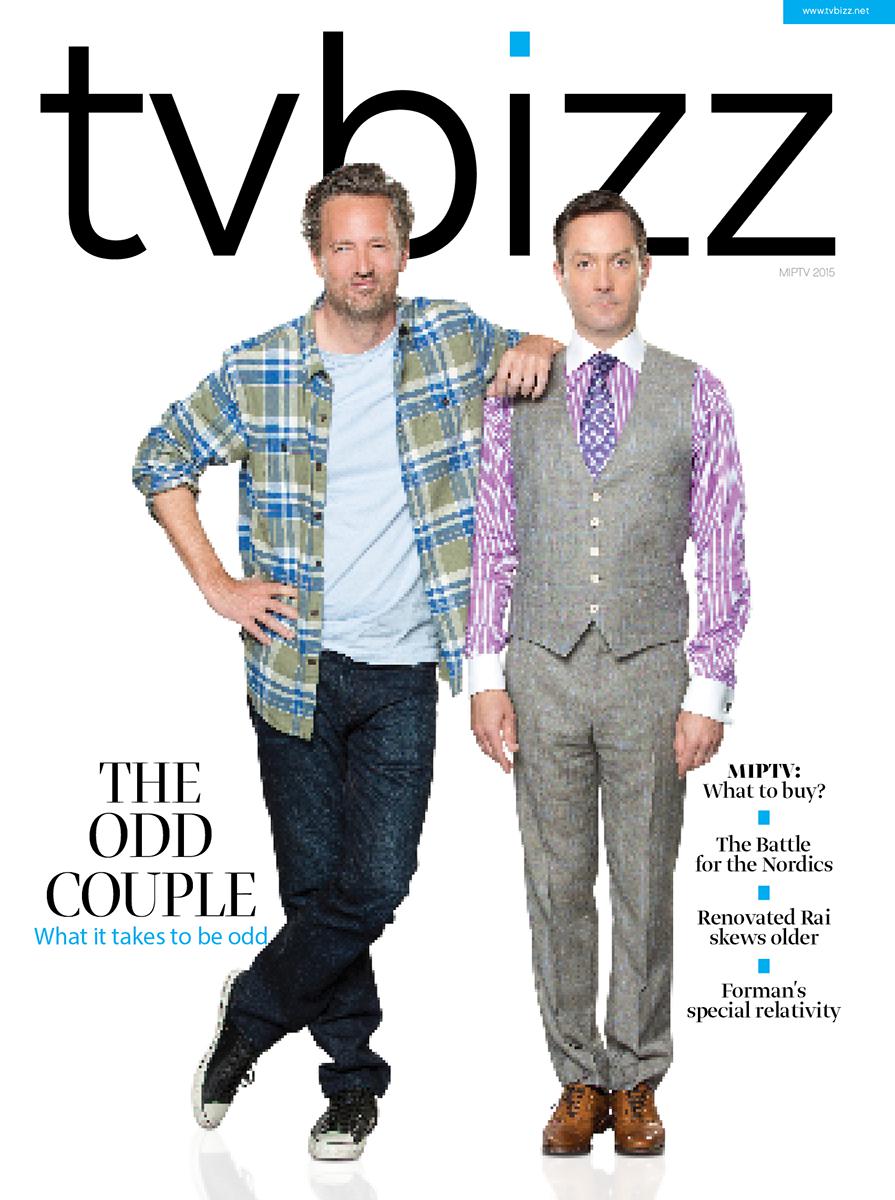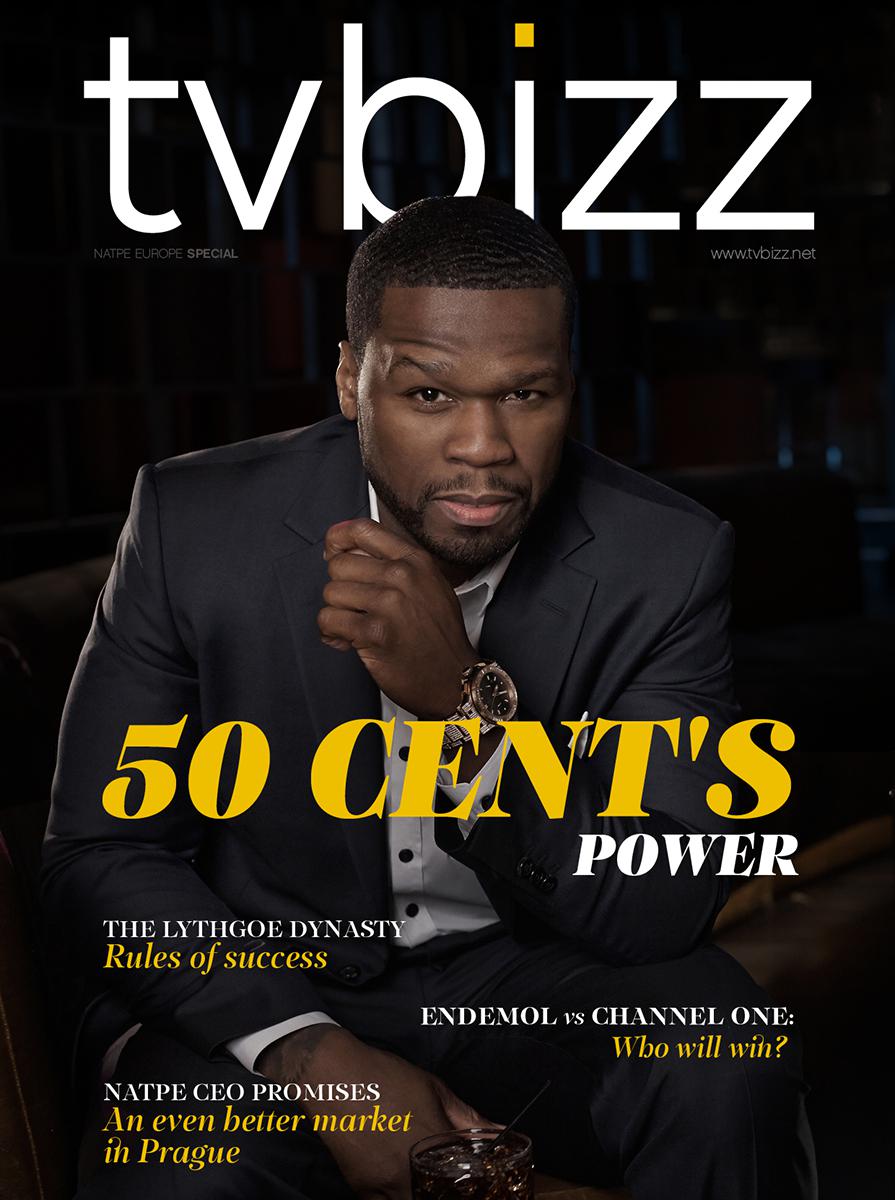Apple, Facebook and Google: from tech giants to content creators
What unites Apple, Facebook and Google aside from the fact that the three belong to the World’s Top 5 Most Valuable Brands? All three of them oppose those who put them in the “media company” category.
Still, taking advantage of their domination on the digital market, the three multi-billion tech corporations are slowly turning into full-blown “non-traditional” media companies. Looking at news content, Facebook and Google have already snatched the leading position from traditional news outlets in the US. A 2016 report from Pew indicated that some 44% of American adults get news from Facebook; YouTube, part of Google, was ranked second with 10%, followed by Twitter with 9%.
The three companies are also increasingly eyeing the creation of original content, not only distributing user-generated or third-party programs – which is also a big part of their journey to becoming the world’s biggest media companies. The mantra “content is king” is valid for Apple, Facebook and Google as well. Besides that, all three have been trying, with mixed results, to find the best way to integrate their business models with traditional TV which remains the largest supplier of quality content.
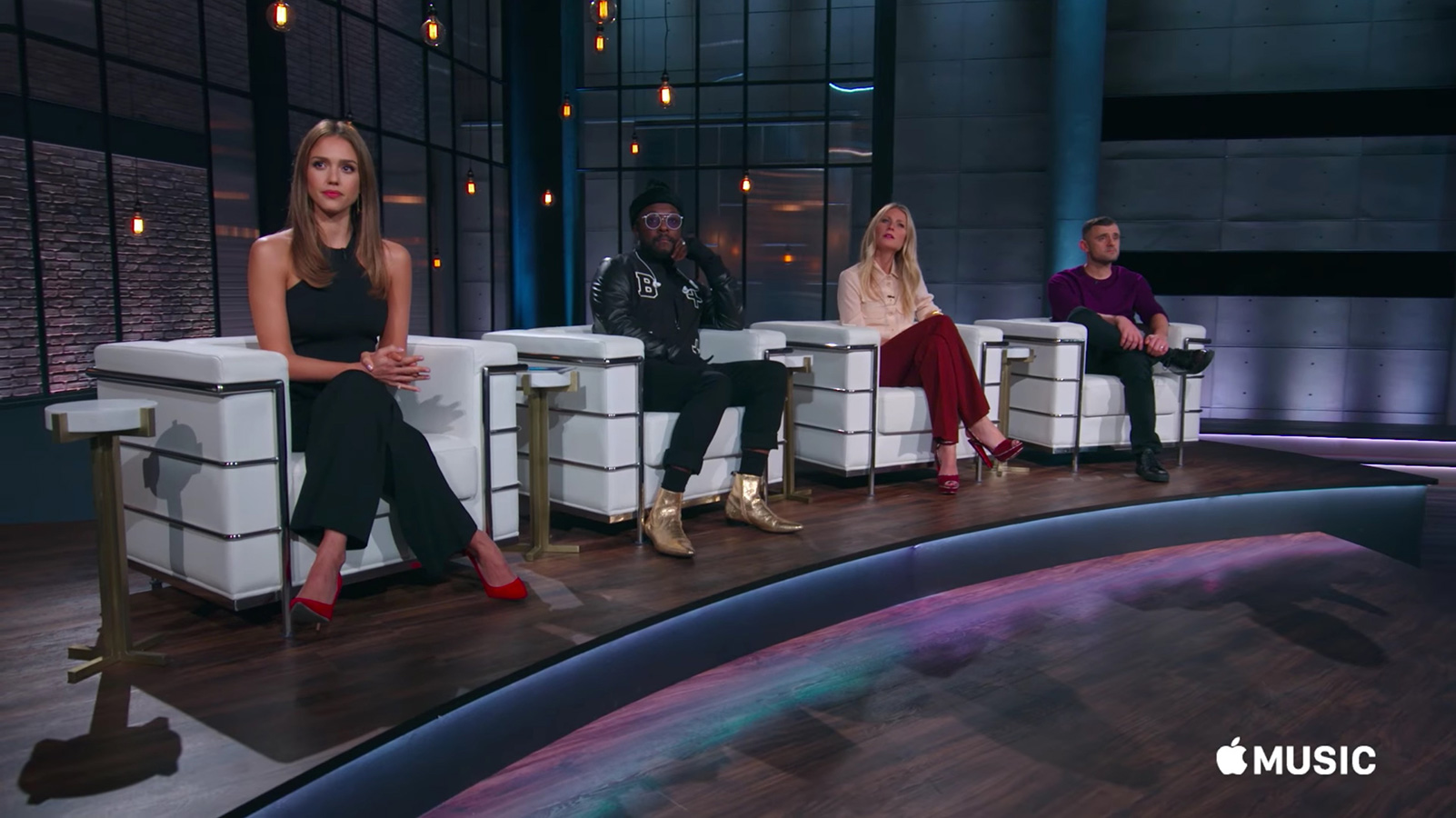
Apple is currently working on its first original – a reality format called Planet of the Apps which it describes as “a groundbreaking new series about apps and their creators, featuring Jessica Alba, Gwyneth Paltrow, Gary Vaynerchuk, and will.i.am.” The announcement of the show sparked speculation that Apple might be aiming to devour a big-name media company. Recently, Recode’s senior editor Peter Kafka asked Eddy Cue, Apple’s head of content, will Apple finally just go ahead and buy “a big film studio or media company like Sony Pictures or Time Warner or Netflix or Lionsgate?” The answer was short: No. Still, rumors persisted that Apple was hunting around Hollywood to set up a new business focused on high-quality original TV shows and movies. But it turns out, at least for now, the idea is to help the $10 per month Apple Music gain ground on rival music streaming service Spotify, rather than compete with Netflix, Amazon or Hulu.
This is yet another attempt by Apple to become a significant entertainment company. It tried for years to negotiate deals with big media companies or cable TV providers to create its own cable television-like service with live TV channels. This has never worked out so far because big media companies were slow to shift away from traditional TV business models and because Apple was too arrogant. Apple also considered making its own television sets and made some early overtures to acquire its way into the media and entertainment business.
In an interview with The Verge, Cue said that Apple isn’t against the idea of making more original TV, but emphasized that there would have to be some sort of interactive element for it to make sense for the tech giant. Cue said he could see a TV environment where content makers are creating a more interactive TV app, and where viewers watch the program on their Apple TV, iPad, or phone, using the remote or simply the touchscreen to interact with a show.
Steps are being made in that direction as Apple has poached the chief of Amazon’s Fire TV unit to run its television operations. Timothy D. Twerdhal brings hardware and content experience and according to Bloomberg his hiring suggests a renewed focus on the Apple TV set-top box. Internally codenamed “J105,” the new box will be capable of streaming 4K and more vivid colors, according to people familiar with the plans.
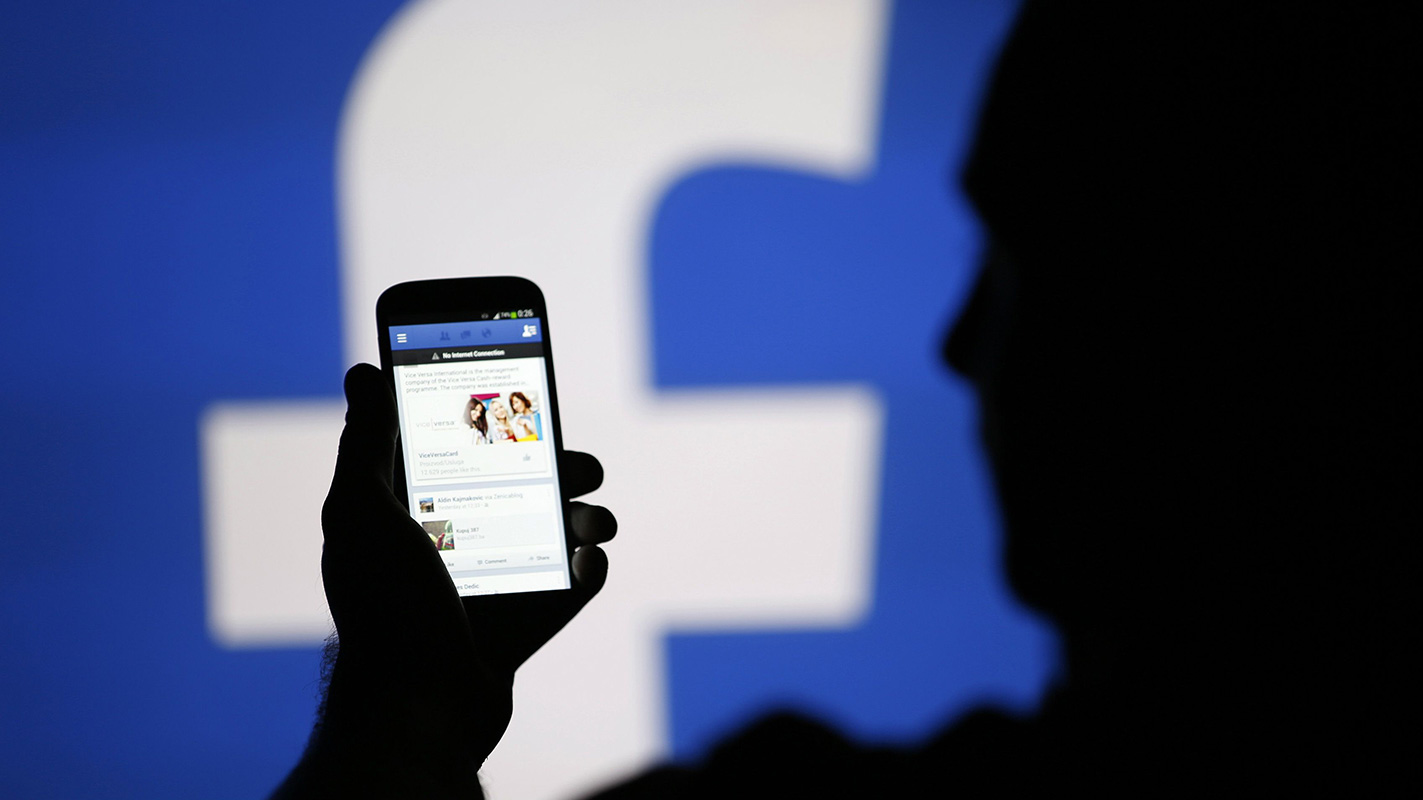
Facebook is also stepping up its efforts in the content business. The company has hired Mina Lefevre, former head of scripted development at MTV, to help lead its efforts in original video content. This is another sign Facebook is preparing to launch high-quality clips and shows that could pit it against major video streamers like Netflix, YouTube, and Snapchat. Lefevre will help develop both scripted and unscripted content for the company.
The hiring might seem unusual for Facebook, but over the past few months the company has given several hints about its plans to bring original video to users. Earlier this year, Wall Street Journal reported that Facebook was developing an app for set-top boxes that would let users watch video from the social network on TVs. The company also confirmed in December that it was in talks with major studios to seek licensing deals for content that would appear in Facebook’s video tab. Those efforts were led by Ricky Van Veen, who Facebook poached from the popular video site College Humor.
Facebook has also teamed up with Spanish-language broadcaster Univision Communications on streaming select live Mexican soccer matches from its Univision Deportes portfolio of Liga MX matches in English via Facebook Live. And this is just the start, according to the company’s head of global sports partnerships, Dan Reed. “We think live sports games are a great fit for Facebook, so expect more of this from us. It aligns well with our mission, as sports are inherently social and … have the power to build and connect communities around the world,” said Reed in a Facebook post.
The live streaming on Facebook, however, has caused some concerns, especially in Australia. Following the debacle of the Danny Green-Anthony Mundine fight being illegally streamed on Facebook Live, Foxtel and the social network have been developing a new tool to put a stop to thi type of piracy. Foxtel chief Peter Tonagh said this will be the first time Facebook tools tackle real-time broadcasts.
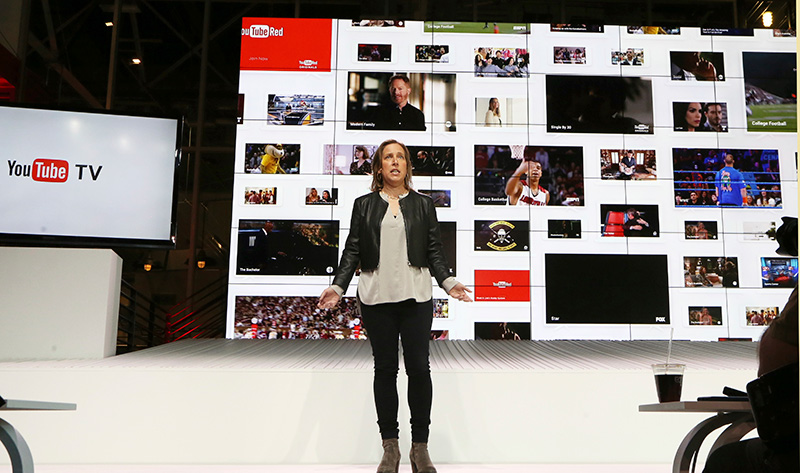
Technically, Google has been a little bit longer in the original content creation game than Apple and Facebook. YouTube introduced its first paid subscription service, Red, in the US in fall 2015. YouTube Red, which has since expanded to Australia, New Zealand, Mexico and South Korea, is expected to be launched in the UK this year. Besides ad-free streaming, YouTube Red has also partnered with major networks and certain YouTube celebrities to offer “YouTube Red Originals”, movies and shows. Access to this content is included with a YouTube Red subscription. The service allows videos to be saved to local devices for playback later, except when content creators decide they don’t want to allow for that.
The company is not only betting on Red… The Google-owned net also launched YouTube TV recently. It is a cable TV replacement service, supplying a mix of broadcast networks, cable channels and live news. The YouTube Originals will also be offered on YouTube TV which targets millennials as pointed out by YouTube CEO Susan Wojcicki. Announcing the new service, she noted that millennial viewers love TV content, “but they don’t want to watch it in the traditional setting, in the living room, waiting for their favorite show to come on. They want to consume TV live or on demand.”
Indeed, one of Nielsen’s latest studies confirms that. The inaugural Millennials on Millennials report indicates that TV still constitutes the majority of video consumption, but every other screen is much more valuable to Millennials. TV-connected devices (DVD players, VCRs, game consoles and digital streaming devices) compose four times the percentage of Millennials’ total video minutes than adults 35 and older.
Media consumption in general, be it news reading, browsing the web and social media, or streaming audio and video content, has become a journey. A journey that has outgrown the passive, linear “one-way” consumption and turned into an engaging trip that includes multiple lanes. Big players like Apple, Facebook and Google already own much of the “traffic” and are now building a new destination called own content and video services available on all possible communication channels, in the easiest possible and hustle-free way. The tech giants are “not there yet” but are following in the steps of pioneers like Netflix, Hulu and Amazon to try and once again change the content industry.
This is yet another attempt by Apple to become a significant entertainment company. It tried for years to negotiate deals with big media companies or cable TV providers to create its own cable television-like service with live TV channels. This has never worked out so far because big media companies were slow to shift away from traditional TV business models and because Apple was too arrogant. Apple also considered making its own television sets and made some early overtures to acquire its way into the media and entertainment business.
In an interview with The Verge, Cue said that Apple isn’t against the idea of making more original TV, but emphasized that there would have to be some sort of interactive element for it to make sense for the tech giant. Cue said he could see a TV environment where content makers are creating a more interactive TV app, and where viewers watch the program on their Apple TV, iPad, or phone, using the remote or simply the touchscreen to interact with a show.
Steps are being made in that direction as Apple has poached the chief of Amazon’s Fire TV unit to run its television operations. Timothy D. Twerdhal brings hardware and content experience and according to Bloomberg his hiring suggests a renewed focus on the Apple TV set-top box. Internally codenamed “J105,” the new box will be capable of streaming 4K and more vivid colors, according to people familiar with the plans.

Facebook is also stepping up its efforts in the content business. The company has hired Mina Lefevre, former head of scripted development at MTV, to help lead its efforts in original video content. This is another sign Facebook is preparing to launch high-quality clips and shows that could pit it against major video streamers like Netflix, YouTube, and Snapchat. Lefevre will help develop both scripted and unscripted content for the company.
The hiring might seem unusual for Facebook, but over the past few months the company has given several hints about its plans to bring original video to users. Earlier this year, Wall Street Journal reported that Facebook was developing an app for set-top boxes that would let users watch video from the social network on TVs. The company also confirmed in December that it was in talks with major studios to seek licensing deals for content that would appear in Facebook’s video tab. Those efforts were led by Ricky Van Veen, who Facebook poached from the popular video site College Humor.
Facebook has also teamed up with Spanish-language broadcaster Univision Communications on streaming select live Mexican soccer matches from its Univision Deportes portfolio of Liga MX matches in English via Facebook Live. And this is just the start, according to the company’s head of global sports partnerships, Dan Reed. “We think live sports games are a great fit for Facebook, so expect more of this from us. It aligns well with our mission, as sports are inherently social and … have the power to build and connect communities around the world,” said Reed in a Facebook post.
The live streaming on Facebook, however, has caused some concerns, especially in Australia. Following the debacle of the Danny Green-Anthony Mundine fight being illegally streamed on Facebook Live, Foxtel and the social network have been developing a new tool to put a stop to thi type of piracy. Foxtel chief Peter Tonagh said this will be the first time Facebook tools tackle real-time broadcasts.

Technically, Google has been a little bit longer in the original content creation game than Apple and Facebook. YouTube introduced its first paid subscription service, Red, in the US in fall 2015. YouTube Red, which has since expanded to Australia, New Zealand, Mexico and South Korea, is expected to be launched in the UK this year. Besides ad-free streaming, YouTube Red has also partnered with major networks and certain YouTube celebrities to offer “YouTube Red Originals”, movies and shows. Access to this content is included with a YouTube Red subscription. The service allows videos to be saved to local devices for playback later, except when content creators decide they don’t want to allow for that.
The company is not only betting on Red… The Google-owned net also launched YouTube TV recently. It is a cable TV replacement service, supplying a mix of broadcast networks, cable channels and live news. The YouTube Originals will also be offered on YouTube TV which targets millennials as pointed out by YouTube CEO Susan Wojcicki. Announcing the new service, she noted that millennial viewers love TV content, “but they don’t want to watch it in the traditional setting, in the living room, waiting for their favorite show to come on. They want to consume TV live or on demand.”
Indeed, one of Nielsen’s latest studies confirms that. The inaugural Millennials on Millennials report indicates that TV still constitutes the majority of video consumption, but every other screen is much more valuable to Millennials. TV-connected devices (DVD players, VCRs, game consoles and digital streaming devices) compose four times the percentage of Millennials’ total video minutes than adults 35 and older.
Media consumption in general, be it news reading, browsing the web and social media, or streaming audio and video content, has become a journey. A journey that has outgrown the passive, linear “one-way” consumption and turned into an engaging trip that includes multiple lanes. Big players like Apple, Facebook and Google already own much of the “traffic” and are now building a new destination called own content and video services available on all possible communication channels, in the easiest possible and hustle-free way. The tech giants are “not there yet” but are following in the steps of pioneers like Netflix, Hulu and Amazon to try and once again change the content industry.




